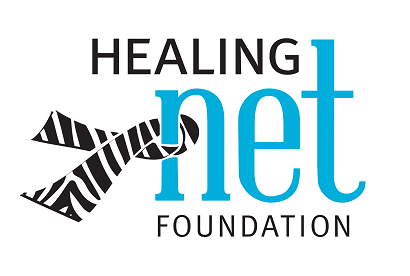Circles of Care: Creating Rings of Support
/Newly diagnosed patients can be buoyed by offers of help from their community, friends and family, but sometimes it is hard to establish responsibilities and boundaries. One way to think about this is the “Ring Theory,” described in the LA Times op-ed article, “How not to say the wrong thing,” by Susan Silk and Barry Goldman, where the patient is at the center of an expanding series of support rings. The inner ring of support includes the person or people closest to the patient, such as the person’s significant other, parent, sibling, child, or best friend. In the next ring are family members and true friends who can be relied on for emotional support, and so on. The core concept is that a person can say anything to those in rings farther out from them but are to provide only support and comfort to those at the same distance from or closer to the center.
One challenge is to let people know what kind of support you want from them. This concept of rings can help you organize assistance. Those in the inner rings of your care circle provide physical help, daily care, and emotional support. They can help coordinate other supportive care duties with those in the outer rings, for example, delivering meals and groceries or driving the patient to appointments.



